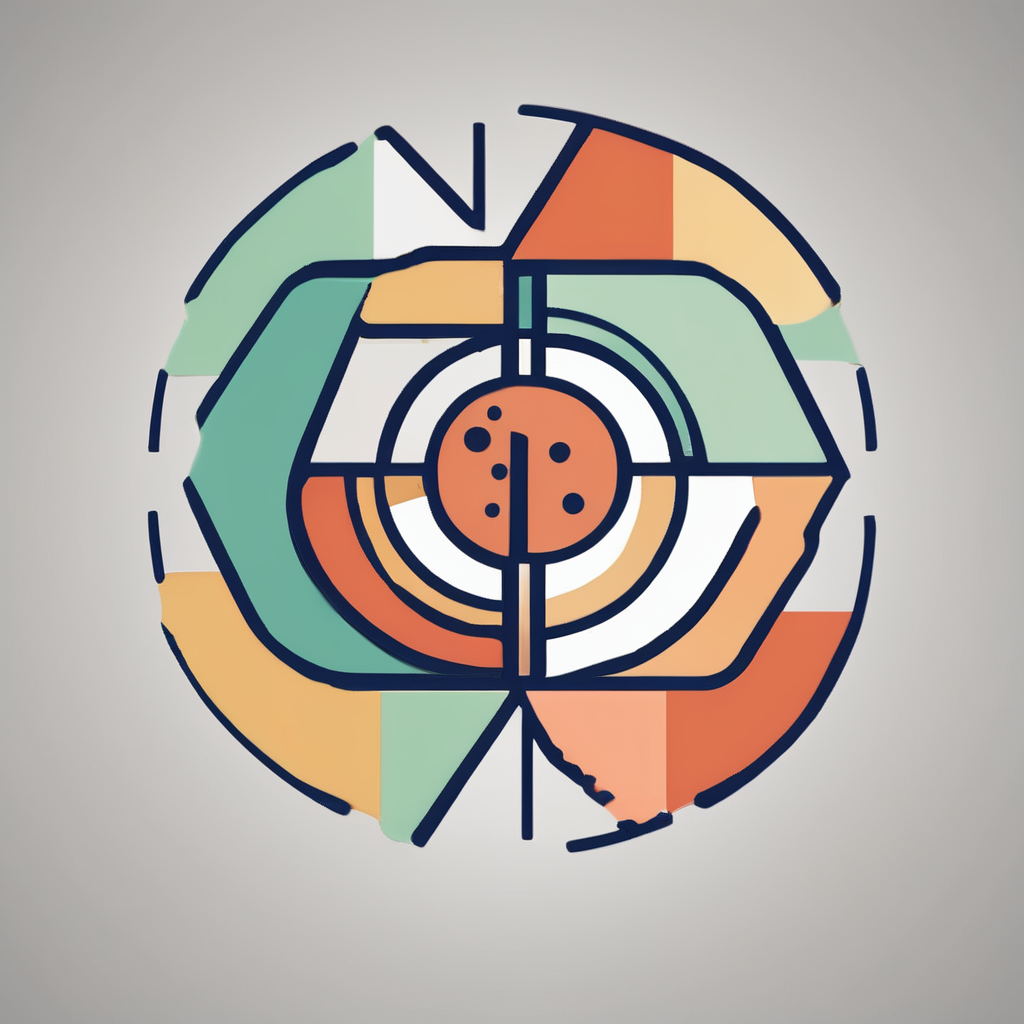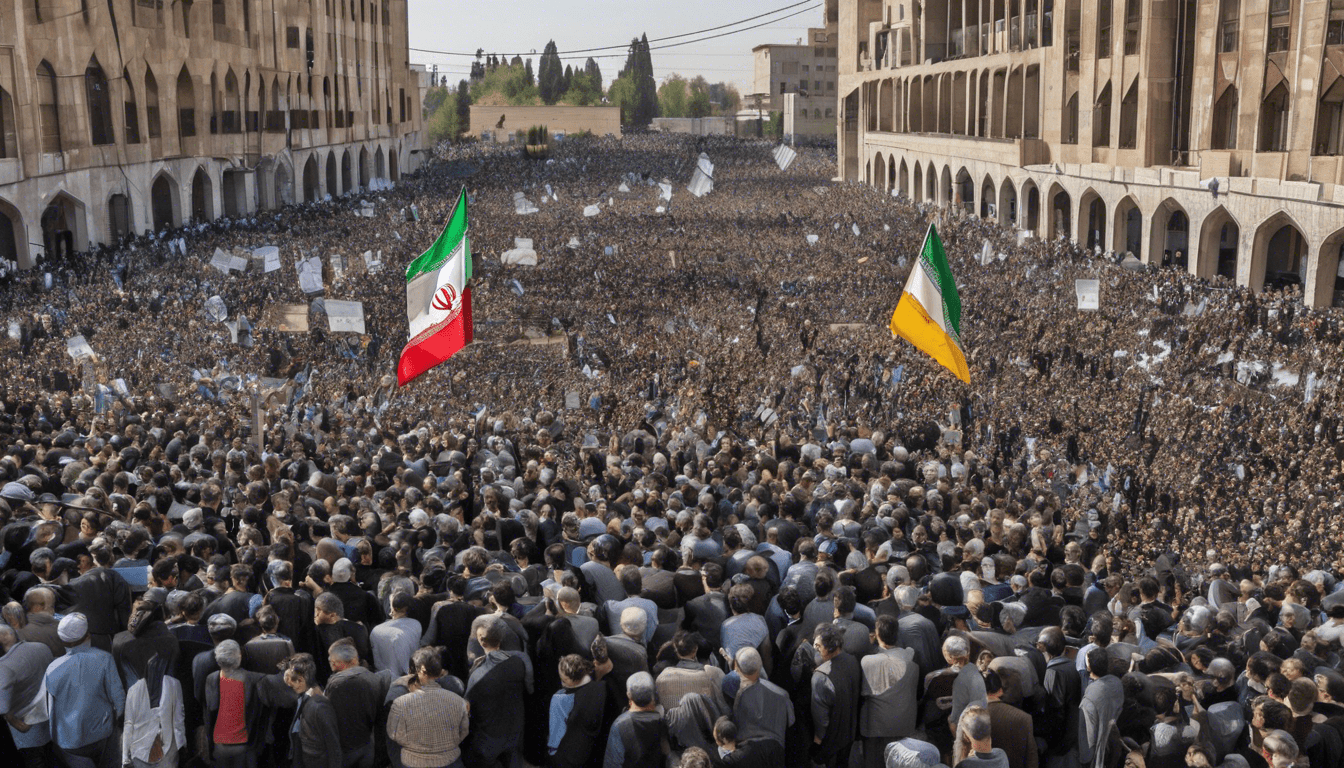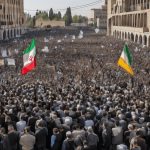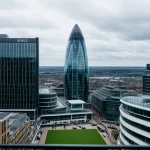Calls for regime change in Iran reflect deep hopes for democracy and regional security. Yet, military actions and political pressures risk igniting complex ethnic tensions and instability. Understanding Iran’s unique social fabric and geopolitical weight reveals why forced regime change could backfire, requiring thoughtful strategies beyond airstrikes or quick political victories to achieve lasting peace and genuine reform.
Understanding Iran Regime Change: Current Realities and Consequences
In discussions about Iran’s political future, the phrase free Iran captures both a historic aspiration and an evolving reality. The term “regime change” refers to the replacement—by internal upheaval or external intervention—of Iran’s current system, dominated by the Supreme Leader since 1979. Recent triggers include sustained inflation, rising public discontent, and highly publicized protest movements such as the 2009 Green Movement and the Mahsa Amini protests from 2022 to 2025. These waves of dissent have been met by severe crackdowns, where security forces and intelligence agencies deploy lethal force, mass detentions, and media censorship to suppress opposition.
Additional reading : Chamonix barnes: your gateway to luxury real estate
Each protest cycle leaves lasting marks: public opinion becomes increasingly skeptical of government legitimacy, fueling youth activism and solidarity among diverse ethnic and religious groups. Meanwhile, international actions—like targeted military strikes on nuclear sites and renewed sanctions—exert pressure on the regime’s stability and disrupt oil-driven political power. Immediate national consequences include a fractured relationship between citizens and leadership, deepening economic uncertainty, and heightened risks of sectarian tension. Internationally, Iran’s pivotal role in global oil flows and regional alliances means any significant shift amplifies geopolitical volatility and energy concerns.
Domestic Challenges Facing Regime Change in Iran
Institutional resistance: Supreme Leader, Revolutionary Guards, and coercive apparatus
Iran’s political structure is anchored by the Supreme Leader, whose powers far exceed those of the elected president. Ali Khamenei, as Supreme Leader since 1989, controls the armed forces, judiciary, and key media outlets, making any leadership change extraordinarily difficult. The Islamic Revolutionary Guard Corps (IRGC) and Basij militia serve as the regime’s main coercive instruments, suppressing dissent through surveillance, arrests, and intimidation. These organizations are deeply embedded in the state and economy, ensuring loyalty by offering patronage networks and institutional privileges, which act as major barriers to external or internal regime change.
Also to discover : Exploring democracy and security through regime change in iran
Social dynamics: youth activism, public dissent, ethnic and religious minorities, and the role of women
Despite institutional repression, Iranian society exhibits strong dissident undercurrents. Youth activism has surged since the 2022 protests, driven by economic hardship and demands for greater freedoms. Women and ethnic minorities, such as Kurds and Baloch, often spearhead demonstrations, challenging both social norms and state discrimination. However, state surveillance, communication blackouts, and harsh reprisals hinder sustained mass mobilization, complicating efforts for broad-based democratic change.
Human rights, dissent suppression, and media censorship
Suppression of dissent remains systematic. Authorities conduct mass arrests, censor social media, and restrict coverage of protests. International advocacy highlights widespread human rights violations, but domestic change faces entrenched repression and state violence, making the road to democracy difficult and uncertain.
International Dimensions, External Strategies, and Future Pathways
Evolving Strategies of the US, Israel, and Allied Nations
According to the SQuAD method: External actors such as the US and Israel adapt strategies in response to Iran’s resilience, mainly alternating between military pressure, sanctions, and diplomatic isolation, recognizing that regime change is unlikely to succeed without substantial internal support. Both nations recently partnered in high-profile military actions targeting Iran’s nuclear infrastructure. Yet, US officials often stress that direct regime change is not their official aim, despite political rhetoric suggesting otherwise.
Effectiveness and Risks of Military, Economic, and Covert Measures
Sanctions and surgical strikes have exposed weaknesses in Iran’s military leadership, but their ability to deliver lasting change is constrained by Iran’s institutionalized security apparatus and history of suppressing dissent. Severe penalties targeting oil exports have squeezed Iran’s economy, yet the state retains core loyalty through patronage networks. Covert campaigns and information warfare are employed to amplify regime instability, but these also risk provoking renewed nationalist solidarity against foreign influence.
Scenarios for Transition and Risks
Regime change scenarios highlight a spectrum—from popular uprisings led by internal opposition, to managed referendums proposed by resistance groups like the NCRI, as seen in Maryam Rajavi’s recent calls. However, abrupt change risks severe destabilization: economic shocks, open ethnic conflict among Iran’s diverse population, and widespread disruption of the global energy supply due to Iran’s critical oil exports.









